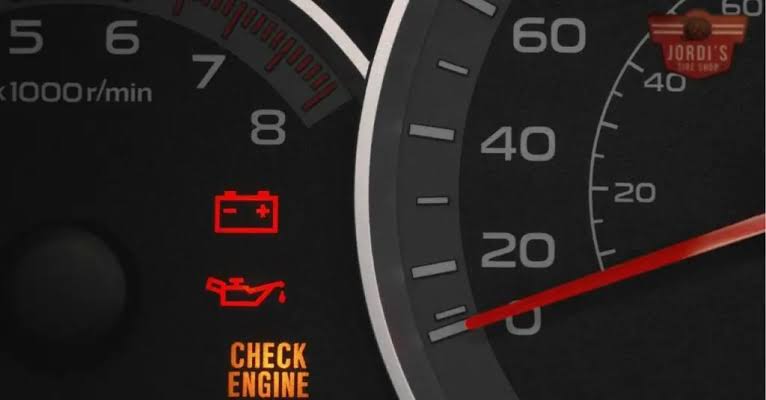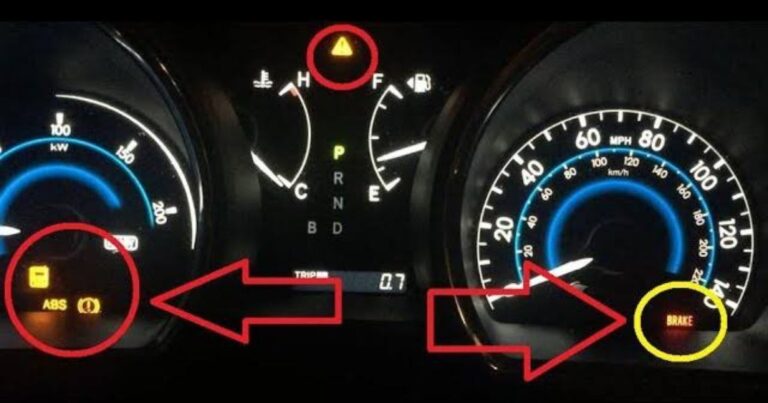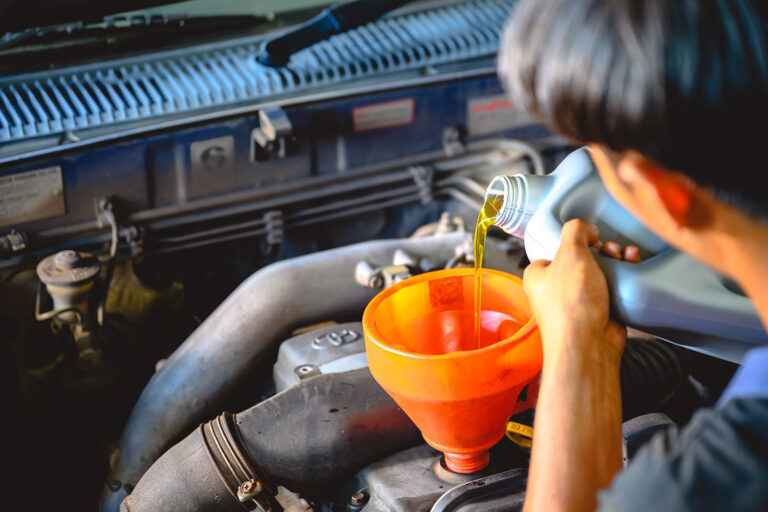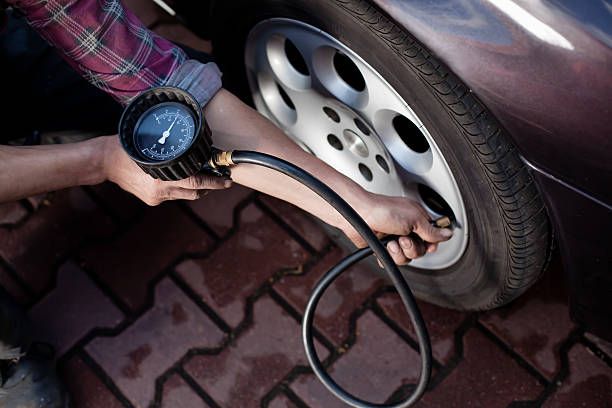
Yes, many modern lawn mowers—especially riding mowers and zero-turn mowers—do have an alternator. Just like in a car, the alternator in a lawn mower helps recharge the battery and power electrical components while the engine is running. However, push mowers and simpler models typically do not have alternators, as they often rely on manual pull-start systems and don’t have batteries that need charging.
Let’s dive into how alternators work in lawn mowers, which types of mowers have them, and why they are important.
What Is an Alternator?
An alternator is a device that generates electrical power while the engine is running. It:
- Charges the battery to keep it from dying.
- Powers electrical components like headlights, ignition systems, electric PTO (Power Take-Off) clutches, and other accessories.
In lawn mowers, alternators are usually smaller and simpler compared to those found in cars, but they serve a similar purpose.
Do All Lawn Mowers Have Alternators?
1. Riding Lawn Mowers
- Yes, riding mowers generally come equipped with an alternator or a charging system.
- They have electric starters, headlights, and sometimes other electrical accessories that need battery power.
- The alternator keeps the battery charged while the engine is running.
2. Zero-Turn Mowers
- Most zero-turn mowers also have alternators or charging systems.
- These mowers have advanced features like electric PTOs and lights, requiring consistent power supply from a battery that gets recharged by the alternator.
3. Push Mowers (Walk-Behind Mowers)
- Most manual push mowers or recoil start mowers do not have an alternator.
- They typically don’t have batteries, electric starters, or accessories, so there’s no need for a charging system.
- If a push mower has an electric start feature, it may include a small charging system, though it’s often not a traditional alternator.
How Does an Alternator Work in a Lawn Mower?
In lawn mowers, alternators are typically part of the engine’s flywheel assembly. Here’s how they work:
- Magnets on the flywheel pass by coils (stators) to generate AC (alternating current) electricity.
- The current is sent through a rectifier-regulator, converting it to DC (direct current) and controlling the voltage.
- The DC electricity charges the battery and powers electrical components.
Why Does a Lawn Mower Need an Alternator?
1. To Charge the Battery
The alternator keeps the battery charged while the mower is running. Without it, the battery would eventually discharge after starting the engine or running accessories.
2. To Power Electrical Systems
Alternators supply power to components like:
- Headlights
- Electric PTO clutches
- Digital displays or gauges
- Ignition systems (on some models)
3. To Improve Reliability
An alternator reduces the need to manually recharge or replace the battery frequently. It ensures that the mower’s electrical systems have the power they need to run efficiently.
Signs That Your Lawn Mower Alternator Is Not Working
If the alternator or charging system fails, you may notice:
- Dead battery after using the mower.
- Difficulty starting the mower (especially electric start models).
- Dimming or non-working headlights.
- Electrical accessories not functioning.
How to Check If Your Lawn Mower Has an Alternator
1. Look for an Electric Starter
- If your mower has an electric starter button or key, it likely has a battery, and therefore, an alternator or charging system.
2. Check the Battery
- If there’s a 12V battery installed, the mower almost always has an alternator or stator system to keep it charged.
3. Read the Owner’s Manual
- The manual typically describes the mower’s charging system and its components.
4. Inspect the Engine
- Look at the engine specifications. If there’s a charging coil or stator listed, you know the engine is designed to recharge the battery.
Can You Replace or Repair a Lawn Mower Alternator?
Yes.
- If your alternator or charging system fails, it can usually be repaired or replaced.
- Depending on the mower, you may need to replace the stator, rectifier-regulator, or other related parts.
- In some cases, loose wiring or corroded connections can also cause charging issues and are simple fixes.
Conclusion
Many riding lawn mowers and zero-turn mowers have alternators to keep their batteries charged and power essential components. While push mowers often don’t have alternators, models with electric start features might have simple charging systems. If your mower relies on battery power for starting or other functions, it’s likely equipped with some form of charging system or alternator.
Understanding your mower’s charging system can help you maintain it properly and avoid unexpected battery problems.
FAQs
Do Push Mowers Have Alternators?
Most push mowers with recoil start do not have alternators, but electric start models may have a small charging system.
Can a Lawn Mower Run Without an Alternator?
Yes, but only until the battery dies. Without an alternator, the battery won’t recharge, and electric systems may fail over time.
How Do I Know If My Lawn Mower Alternator Is Working?
You can test the battery voltage with a multimeter. If the voltage increases while the engine is running (usually above 13 volts), the alternator is charging.
How Long Should a Lawn Mower Alternator Last?
With proper maintenance, a lawn mower alternator can last many years. Regularly checking wiring and connections can extend its life.
Can I Replace the Alternator Myself?
Yes, if you’re comfortable working with small engines and electrical components. Otherwise, a professional repair shop can replace it.
Also Check:
• Does a Motorcycle Have an Alternator?
• Does a Hyundai Have a Regular Battery?
• Does a Leaking Car Battery Need to Be Replaced?






3 Comments